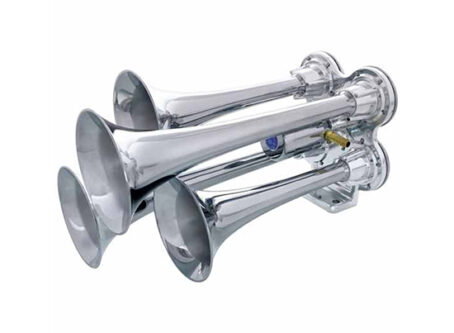OOIDA Foundation releases quarterly report
The OOIDA Foundation released its quarterly report on Wednesday, Dec. 13.
Among the major takeaways are the steepest year-over-year decline in the U.S. Bank Shipment Index since the start of the pandemic and the appearance that spot rates have found a floor, according to the Producer Price Index.
Below is an outlook by driver type as well as a look at overall trends.
Owner-operator outlook
Truckload volumes have declined in five of the past six quarters, putting downward pressure on rates. Volumes have been in negative territory for the past three quarters.
Net truckload revenue has declined over the past four quarters and is down 45% from its high in the second quarter of 2022. There is just too much capacity for the amount of freight in the market, and that’s driving revenue and rates down, according to OOIDA’s report.
Truckload price and cost change have been in negative territory since the second quarter of 2022, indicating the start of the next upcycle is still a ways off.
Leased-on owner-operator outlook
The number of loads hauled by truck through the first few weeks of October trended below the historical/pre-pandemic average for the third quarter, according to Landstar’s loads per quarter data.
Landstar President and CEO Jim Gattoni said the same soft freight market fundamentals that occurred in the second quarter remained in the third quarter.
The number of trucks, which provides a good barometer of where the freight market is for leased-on owner-operators, has declined nearly 14% since the start of the freight recession.
Gattoni pointed to lackluster demand, inflation and loose truck capacity as to why truck revenue per load and volume numbers are below prior years’ levels.
Company driver outlook
Retail wholesale trade sales percentages were down for the second straight quarter and are 133% lower than last year.
Employment for the general freight, long-distance, truckload sector increased quarter-over-quarter despite what some news outlets have reported concerning capacity leaving the industry.
Average weekly earnings for general freight, long-distance and truckload decreased, and inflation-adjusted pay is now below 2019 levels.
Overall trucking industry
U.S. Bank’s Shipment Index has fallen for five straight quarters and declined year-over-year in the previous six.
The latest U.S. Bank index showed the steepest year-over-year decline since the second quarter of 2020.
“The combination of shrinking volumes and falling freight rates due to weak demand resulted in shippers spending less on truck freight,” U.S. Bank said. “…While shippers have benefited from lower spending, motor carriers have not.”
All regions posted sequential declines in shipments during the third quarter. This is the first time that has happened since the first quarter of 2021.
The largest quarterly drop was reported in the West region, while the Southwest region saw the largest drop quarter-over-quarter. The Midwest had the largest year-over-year decline – nearly 18%.
Overall freight market
The utilization rate for all manufacturing sectors decreased for the fourth consecutive quarter. Hours of operation are lower than this time last year and lower than the five-year trend.
Insufficient supply is 56% lower year-over-year, insufficient orders are 36% higher year-over-year and sufficient inventories are 37% higher year-over-year.
We’re in a waiting game for the next freight cycle to begin, according to the OOIDA update. Some analysts predict that the new cycle will start in the second half of 2024. LL









